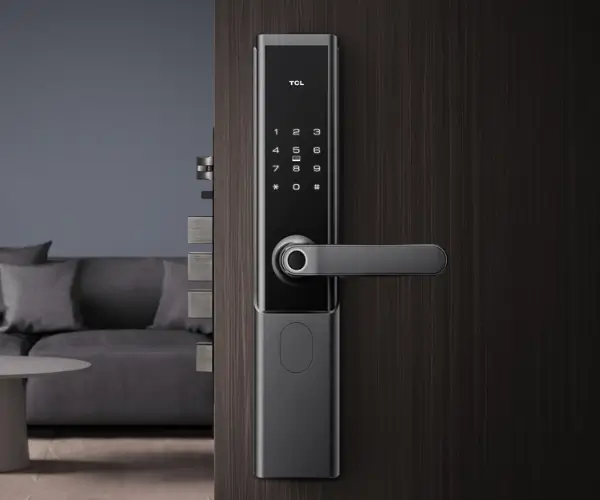Looking into the world of robotics and automation, one component that keeps grabbing attention is the MG995 servo motor. It’s like the Swiss army knife of servos—trustworthy, powerful, and incredibly adaptable. If you've ever tinkered with Arduino projects, chances are, MG995 has made its way into your toolkit.

This servo isn’t just about brute strength; it’s about precision control. Think about controlling a robotic arm or creating a moving sculpture. pair it with an Arduino, and suddenly, your ideas get a little more real, a little more tangible. The MG995 is capable of handling loads up to 10 kg/cm, meaning it can turn a small robotic hand or a camera mount with steady confidence. Plus, it runs smoothly thanks to its metal gears, which are not just tough but also help keep noise down—yep, no squeaky robot here.
Now, coding it with Arduino is surprisingly straightforward, but here’s where questions pop up. How do you get this servo talking to your microcontroller? The basics are simple: connect the power (usually 4.8V to 7.2V) and ground, then attach the signal line to one of the Arduino's PWM pins. Write a short script, and you’re pretty much set to start testing out different positions.
But hold on—what about the actual code? Well, you can use the popular Servo library in Arduino IDE. Just include it, set your servo pin, and then write commands like servo.write(90) to make it turn to a specific angle. It’s like telling your servo, “Hey, move to this position,” and it responds instantly, thanks to the high torque capability of the MG995.
People often wonder about durability. It holds up well even in continuous operation, but don’t forget to give it a break after long runs—like all good things, a bit of rest extends its lifespan. The metal gears are a bonus here, stopping gear striping under pressure. That’s why hobbyists and professionals alike prefer it for projects that demand strength and reliability.
What’s really cool? The flexibility. You can modify the code for things like slow starts, precise stops, or even reverse motions. Plus, the servo’s responsiveness makes it perfect for remote-controlled vehicles or animatronics. Think about creating a robot arm that mimics human gestures—this setup can handle that.
If you’re asking whether it’s better than other servos, it usually comes down to your project needs. For heavy-duty control with fine-tuned precision, the MG995 hits the sweet spot. It might be a little bulkier than smaller servos, but that’s a small price to pay for the power it delivers.
In essence, when you pair an MG995 servo motor with an Arduino, you unlock a universe of possibilities. From simple hobby projects to complex automation systems, this combo is reliable and loaded with control options. Whether you’re just starting out or pushing the limits of your creation, having MG995 in your arsenal means you're ready to take on whatever challenge comes next.
Established in 2005, Kpower has been dedicated to a professional compact motion unit manufacturer, headquartered in Dongguan, Guangdong Province, China. Leveraging innovations in modular drive technology, Kpower integrates high-performance motors, precision reducers, and multi-protocol control systems to provide efficient and customized smart drive system solutions. Kpower has delivered professional drive system solutions to over 500 enterprise clients globally with products covering various fields such as Smart Home Systems, Automatic Electronics, Robotics, Precision Agriculture, Drones, and Industrial Automation.




































